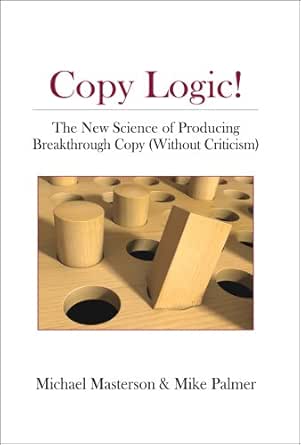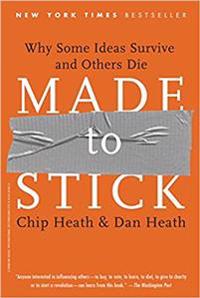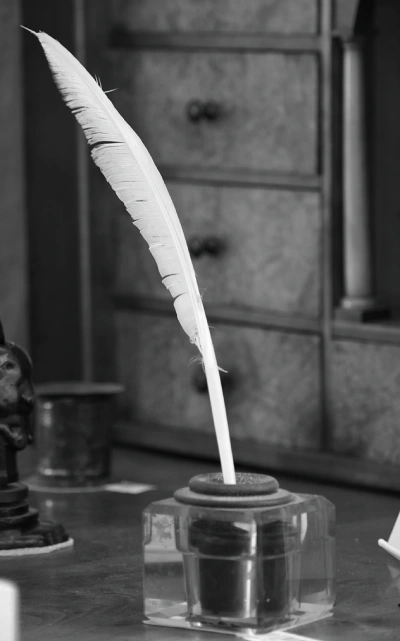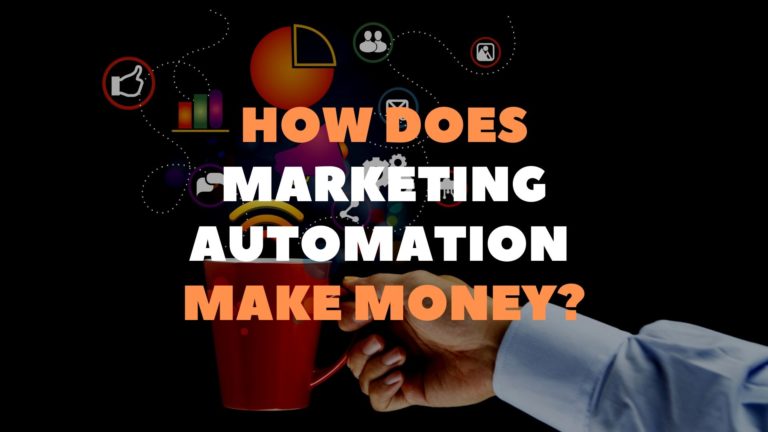Updated 4th June 2023.
There’s a lot of tips out there on how to write persuasive copy. Most of it is rehashed advice and the same trite statements over and over again.
That’s why I set out to create a list of powerful copywriting books few seem to mention. I started with 20+ books but quickly noticed that most of them were as common in copywriting Top 10 lists as Teslas are in Silicon Valley. So I removed them (the books, not the Teslas).
I also recommend you read these:
Gary Bencivenga’s Marketing Bullets: A Summary
The easiest headline writing checklist you’ll ever find.
Anyhow, here are 12 books on copywriting you should read — if you already haven’t.
1. Copy Logic


This obscure book on copywriting might be the best book you’ll read in 2023. Instead of talking about vague concepts or dishing out trite advice you’ve heard a million times before, this book gives you the secrets to editing and improving copy — almost effortlessly.
Key Takeaway:
Peer reviews (how to effectively and quickly improve copy without critiquing the writer or getting sidetracked).
The CUB system for editing and reviewing copy. CUB stands for Confusing, Unbelievable, Boring.
2. Everybody Writes


When I first picked up this book I wasn’t expecting much. By the cover alone I expected some kind of motivational “yes we can”-styled book. But to my relief, I was completely wrong.
Written by superstar marketer Ann Handley, this book is a great primer on how to write well. If you’re still unsure about your writing abilities, you’ll want to pick this book up. It’s filled to the brim with useful and actionable advice.
If you’re thinking of reading King’s On Writing, don’t. Read this one instead.
Key Takeaway:
Your first draft will always be worse than your second (and third). Don’t spend time agonizing over grammar or unimportant things when writing your first version. Instead, get all your ideas on paper. That’s what the first draft is for.
3. The Adweek Copywriting Handbook


One of the must-reads of 20th-century copy literature. Written by Joe Sugarman, one of the most respected direct response marketers of his time, the info shared in this book is bound to make you a better copywriter. When I first picked this up I had already been a copywriter for a while. Still I found myself taking notes and annotating almost every single page in this Remember to take notes!
Key Takeaways:
Most people read your headline, all subheads, and check any and all images in your message before reading the first word. As such, your headline, subheads, AND images should all persuade the reader to read the first word in your message. This is even truer nowadays with virtually everyone skimming your piece before deciding whether to read it or not.
4. The Boron Letters


Written by the late great Gary Halbert to his son from Boron Prison in California, these letters were intended as father-to-son advice. The dad just happened to be one of the greatest direct response marketers of their era. As a result this collection of letters are a treasure trove of copywriting gems.
Note: There’s a lot of fluff in these letters (health-related or outdated advice about oldschool mailing strategies). Just skip those chapters if you’re in a rush.
Key Takeaway:
You will never truly learn if you are always waiting to be told what to do next.
5. Made To Stick


This book grabs your attention in the first few pages by a couple of great stories. The author’s ‘friend of a friend’ who got drugged while on a work trip and had his organs harvested. Art Silverman’s struggle to communicate the obscene unhealthiness of movie popcorn to the American public in the 90s. Made To Stick is a great refresher on the importance of lateral thinking and turning boring facts (37 grams of saturated fat) into captivating, shocking stories (more artery-clogging fat than a bacon-and-eggs breakfast, a Big Mac and fries for lunch, and a steak dinner with all the trimmings—combined).
Key Takeaway:
Surprise gets our attention. Interest keeps it.
6. The 16 Word Sales Letter


If you ever have or ever will write a long-form sales letter of any kind, this book is a must-read. Short, concise, and created by one of the most successful copywriters from the direct response giant Agora, this book gives you a clear framework for writing persuasive long-form copy.
Key Takeaway:
The 16 questions your sales page needs to answer. Great checklist to reference.
7. The Dip


While not technically a book on copywriting, The Dip talks about something every single copywriter will encounter on their journey. Read this book instead of Pressfield’s The War Of Art.
Key Takeaway:
The Dip — The long slog between starting and mastery. The Dip is the set of artificial screens set up to keep people like you out. The Dip creates scarcity; scarcity creates value.
8. Great Leads


The lead is the initial hook in your copy. It’s the story, the damning admission, the promise, the news story your copy talks about. It’s the 20% of your copy that stands for 80% of the emotional impact. The authors Michael Masterson aka. Mark Ford and John Forde go into great detail about different kinds of leads you can use. Highly, highly recommended.
Key Takeaway:
The 6 different types of leads in copywriting and how to use them. What lead to pick based on Schwartz’s 5 stages of awareness.
9. Scientific Advertising


Hopkins’ book is about a century old at this point. The language is antiquated at times. Yet it’s still the first book you should read if you’re starting out. The book is short but jam-packed with actionable advice (you can even use some for your email subject lines. It teaches you the core concepts of copywriting (and marketing, even) and is still the best book out there.
Key Takeaway:
Don’t sell your niche, sell your product.
10. Cashvertising


If you took every core teaching of every copywriting book in existence and put them all into one book, you’d have Cashvertising. This book is probably the heaviest of all to read because it’s only advice. No stories. No explaining of how things work. It may not flow like some of the other books in this list but it’s still a fantastic piece to reference from time to time. That’s been my experience, anyway.
Key Takeaway:
The whole book is one key takeaway after another.
11. Persuasive Copywriting


I’d never heard of Andy Maslen before picking up this book. In fact I’m still not sure who he is. But by now at least I’m sure that he knows his stuff.
I wouldn’t say it’s as groundbreaking as, say, Eugene Schwartz’s classic Breakthrough Advertising. But it does give you several great ideas and views. Having read probably 30+ books on copywriting over the years, even I had some light bulb moments while going through the chapters.
Key Takeaway:
What has digital changed and what has stayed the same in copywriting? How does content and copy go together?
12. The Halbert Copywriting Method Part III


Rounding up the list is a book that goes into detail on how to edit copy. The real magic happens in the editing phase. Few copywriters talk about this. Maybe because it isn’t as sexy as talking about big ideas or features and benefits. But the reality is that your 1st draft will always be your worst.
Read this book if you want to learn how to edit and polish your copy (or writing in general).
Key Takeaway:
Write as if your prospects need to go to the bathroom.
Will I become a successful copywriter if I read these books?
You won’t. Not by reading alone.
The only way to become a good copywriter is to write lots of bad copy until it’s not bad anymore.
But as you consistently write, you’ll face challenges and come up with questions these books will help with.
Supplement your writing with these books and you’ll see improvements (probably faster than if you didn’t).
If you don’t feel like getting a bunch of books and prefer digital guidance, you’ll be interested in my emails.
Continue your copywriting education if you so wish by signing up below.



